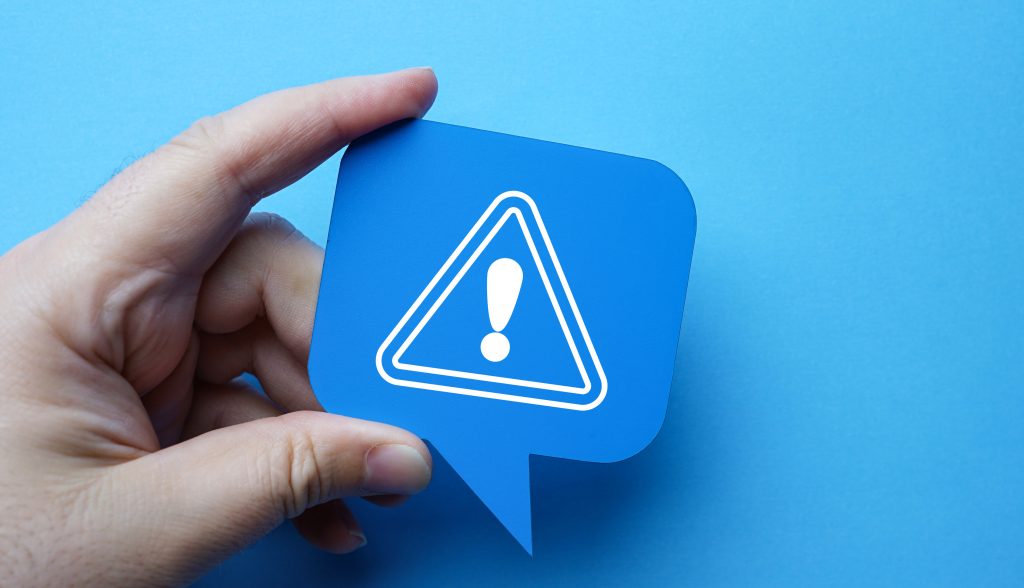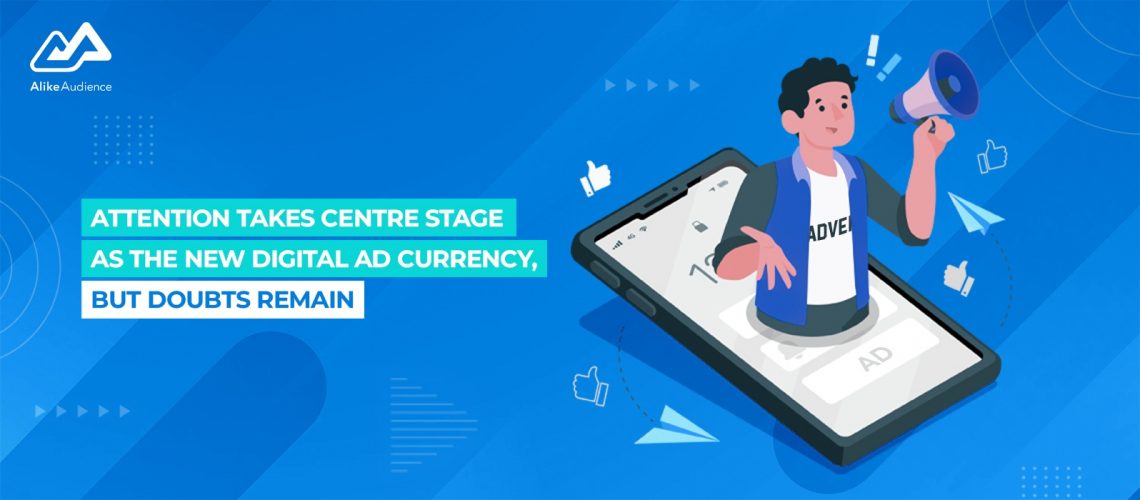Why is attention getting so much focus as a possible new digital currency? The desire to better understand consumer’s response to advertising campaigns, the rise of privacy, and the subsequent loss of data signals has created a perfect storm for attention vendors.
It used to be the preserve of a host of advertising attention vendors, such as Lumen, Adelaide and Amplified Intelligence. Now the platforms and advertising verification vendors are getting into the market. In the old days of digital media, agencies worked with their brand clients to show them the way forward to reach their customers, whether it be via desktop, mobile, and search and social advertising.
However, the market is changing quickly. One of the diehards of online media, Yahoo!, announced last month that it was partnering with attention metrics provider Adelaide to introduce high-attention pre-bid segments through its own demand-side media buying platform. The goal of the agreement is “to simplify the application of attention metrics for advertisers, helping them achieve strong business outcomes.”
Ad verification vendor Integral Ad Science has recently announced an approach that utilises attention as an indicator for assessing a commercial’s allure to consumers and its potential for delivering outcomes like sales, conversions, and brand impact. Viewability, ad density, and user interaction are some of the signals from IAS’s main products that are incorporated into ‘Quality Attention’.
A few days before the IAS announcement, ad verification rival DoubleVerify (DV) and AI-based adtech provider Scibids made its own announcement. The companies said the new DV Algorithmic Optimiser is an industry-first offering that combines DV’s trusted media quality and attention data with Scibids’ proven AI technology to generate optimisation algorithms customised to drive advertiser KPIs. The companies noted that global advertisers are now able to combine end-to-end granular measurement and optimisation at scale. They said that on average, the combined offering resulted in a 63% increase in attention levels and a 95% increase in impressions won across several campaigns.
The vendors are of course adamant that there is no way back in the new privacy compliant era of digital advertising. For sure, software vendor Lumen believes attention technology offers a new layer of measurement that can help advertisers optimise their campaigns without tracking users.
Attention Advertising - The New Way to Measure Media?
In this environment, the Attention space is having its moment in digital advertising and all of the big agency, tech and platform players are jostling for the dominant position. The ability to measure ad attention is highly desirable and a valuable tool to demonstrate that ads are not only seen, but more importantly, that there is a direct relationship between the time spent looking at the ad and brand recall, and in turn, consumer action.

At the annual advertising fest in Cannes, a three day session run by former Digiday Editor Brian Morrissey, was titled The Attention Economy, and promised to examine “how attention is gained has changed with a media environment driven in large part by algorithms, and is on the cusp of further change as power shifts to individuals over institutions, and AI enables the creation of near limitless options for attention.”
Morrissey also noted that “attention is the cornerstone of the media business.” Media planning has evolved in a number of ways. First, it has become more complex due to the increasing number of channels, fragmentation of consumers and data integration opportunities. Despite the complexity these elements bring, the attributes of the data produced by monitoring the media engagement, shopping behaviours, online interests and physical movement of consumers is producing richer consumer profiles. However, most marketers are still struggling to create a unified view of the consumer and apply it to their entire media strategy.
The key to securing the attention of target consumers will focus on creativity, and software that aims to show to marketers the true value of their advertising spend, which is now measured on the value of digital ad impressions bought. Media science is merging with human creativity to show the way to advertising effectiveness nirvana.
What is Attention Advertising?
The myriad of new channels and platforms makes it extremely difficult to measure and target consumers, as the media market continues to fragment. So what is attention?
“At its most basic, attention can be defined as concentrated awareness towards a reduced number of stimuli in our environment, while ignoring other stimuli.,”said Nelson-Field, a former senior media researcher at the Ehrenberg-Bass Institute, and Karen co-founder and CEO of Amplified Intelligence. Nelson-Field said consumers live in a constant state of “busy”, and attention to ad is not sustained, and there’s an impasse between theoretical reach-based planning, and the reality that we live in.”
Not everyone in the digital media and advertising world believes attention will become the leading media measurement metric. Joe Frazer, founder of Australian-based agency Half Dome, is a sceptic, and says attention metrics, while promising, are still a relatively new concept, with a smaller data set in some instances across key channels and without years of research linked to long term effectiveness through marketing science.
He added: “It’s important to recognise that attention metrics, or any other single solution, aren’t going to be a silver bullet for all campaigns or for attaching media effectiveness to all marketing objectives. “As agencies and as an industry, we simply have to strike the right balance between adopting innovative solutions and relying on established best practice and research, ” Frazer added. “This also means acknowledging the limitations of attention metrics and not relying on them as the sole determining factor for campaign effectiveness.”

Last year, the IAB Australia released a landmark report on the attention landscape, noting that increasing consumer privacy and giving consumers more control and choice about the data they provide means marketers will need to adjust their marketing effectiveness measurement techniques to continue to be able to understand the success of their campaigns.
“IAB Australia has confirmed that it believes that while attention measurement is an important input to understanding advertising impact, it is not yet ready to be treated as an industry standard ‘currency’ due to low levels of understanding of the various methodologies and metrics and no definitive agreement or consistency in the attention metrics being used by respondents,” the report said.
The IAB Australia also reported that attention metrics are still a long way from being the dominant measurement solution for targeting and for adjusting creative campaigns.
Signal loss across many platforms, sparked by Apple’s moves in tracking transparency has meant it’s harder to understand consumer behaviour in IOS environments. Attention tools will continue to rise in importance, but it will not dethrone traditional media planning and channel selection soon.


